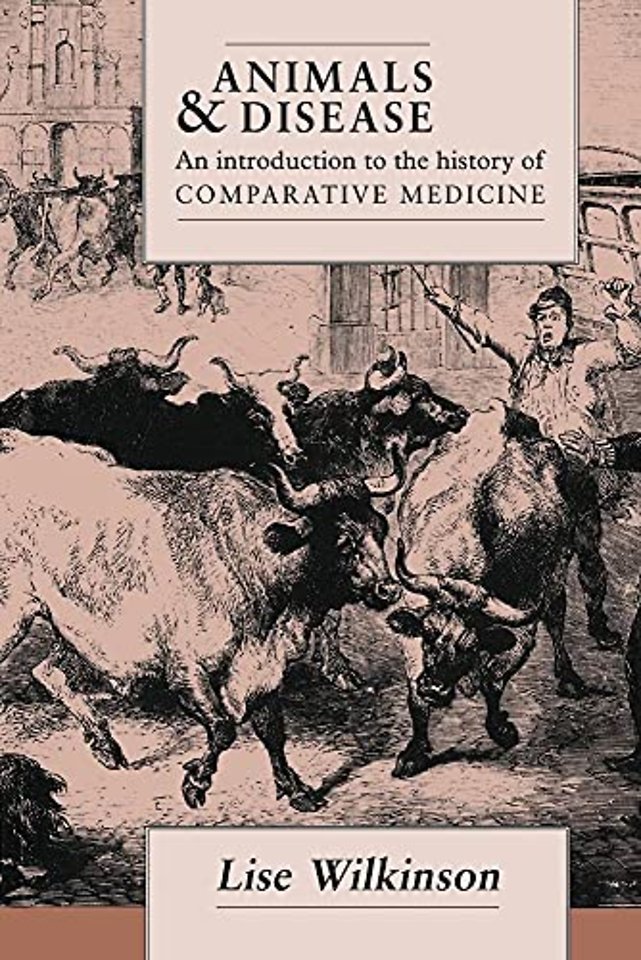Animals and Disease
An Introduction to the History of Comparative Medicine
Samenvatting
Man's attempts to learn about aspects of the human body and its functions by observation and study of animals are to be found throughout history, especially at times and in cultures where the human body was considered sacrosanct, even after death. This book describes the origins and later development, especially in the eighteenth and nineteenth centuries, of comparative medicine and its interrelationship with medicine and veterinary medicine and the efforts of its practitioners to understand and control outbreaks of infectious, epidemic diseases in humans and in domestic animals. In the nineteenth century their efforts and increasing professionalism led to the creation of specialised institutes devoted to the study of comparative medicine. This book sheds much new light on the medical and veterinary history of this period and will provide a new perspective on the history of bacteriology. Historians of science will find the book of great value.

